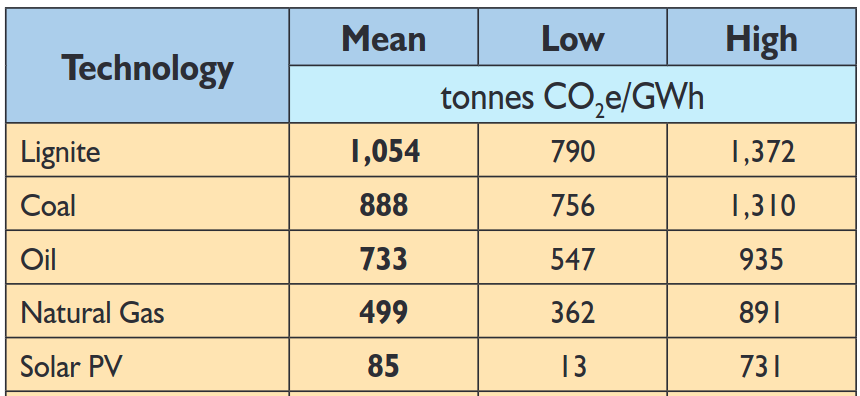Most homeowners who decide to install a solar energy system are motivated by financial concerns.
They've done the math and discovered that solar panels can deliver energy at a significantly lower rate than their utility company is charging.
Still, it's undeniable that solar power's reputation as the ultimate clean energy source has also played a role in its growing popularity. After all, saving money is even better when you can believe you're also helping to save the environment along the way.
But how justified is that belief at the end of the day?
While solar panels themselves produce zero emissions, the same can't be said for all the steps involved in manufacturing them.
So the question is: Are solar panels still an environmental winner after all the emissions required to produce them are taken into account?
Raw materials
Though solar panels are mostly composed of the semiconductor silicon and glass, they also contain small quantities of metals like silver, copper, indium, and tellurium.
Unfortunately, all these essential ingredients need to be mined and transported, both of which create greenhouse gas emissions. Likewise for the manufacturing process.
What critics of solar power often leave out, however, is that the very same thing is true for coal-burning power plants.
Even apart from the coal itself, building a power plant requires mining the relevant raw materials, fashioning them into the necessary parts, and transporting everything where it needs to go.
That means that, in order to benefit the environment, manufacturing solar panels only needs to be a better alternative to burning fossil fuels.
And the good news is that it is.
Solar vs fossil fuels
According to a comprehensive study conducted in 2011, the overall amount of greenhouse gas emissions involved in producing solar energy still works out to be much lower than what's emitted by burning coal or other fossil fuels.
The study estimated the overall amount of greenhouse gas each method of generating electricity emits per Gigawatt-hour (GWh) of energy it produces.
The result:
Solar’s carbon footprint came out at roughly 85 tonnes of carbon dioxide equivalent (CO2e) per gigawatt-hour (GWh).
Burning natural gas came in at 499 tonnes of CO2e/GWh
Emissions from burning coal averaged 888 tonnes of CO2e/GWh.
Burning oil produces around 733 CO2e/GWh

That means that generating solar power only produces around 1/6 the amount of greenhouse gas emissions that burning natural gas does.
Solar power looks even better compared to other fossil fuels, with a carbon footprint nine times less than burning oil and over 10 times less than burning coal.
A better alternative
Solar power isn't perfect. Nothing is.
But, while every method of producing energy will ultimately involve emitting some greenhouse gasses, installing a solar energy system is still a way to drastically reduce your carbon footprint.

